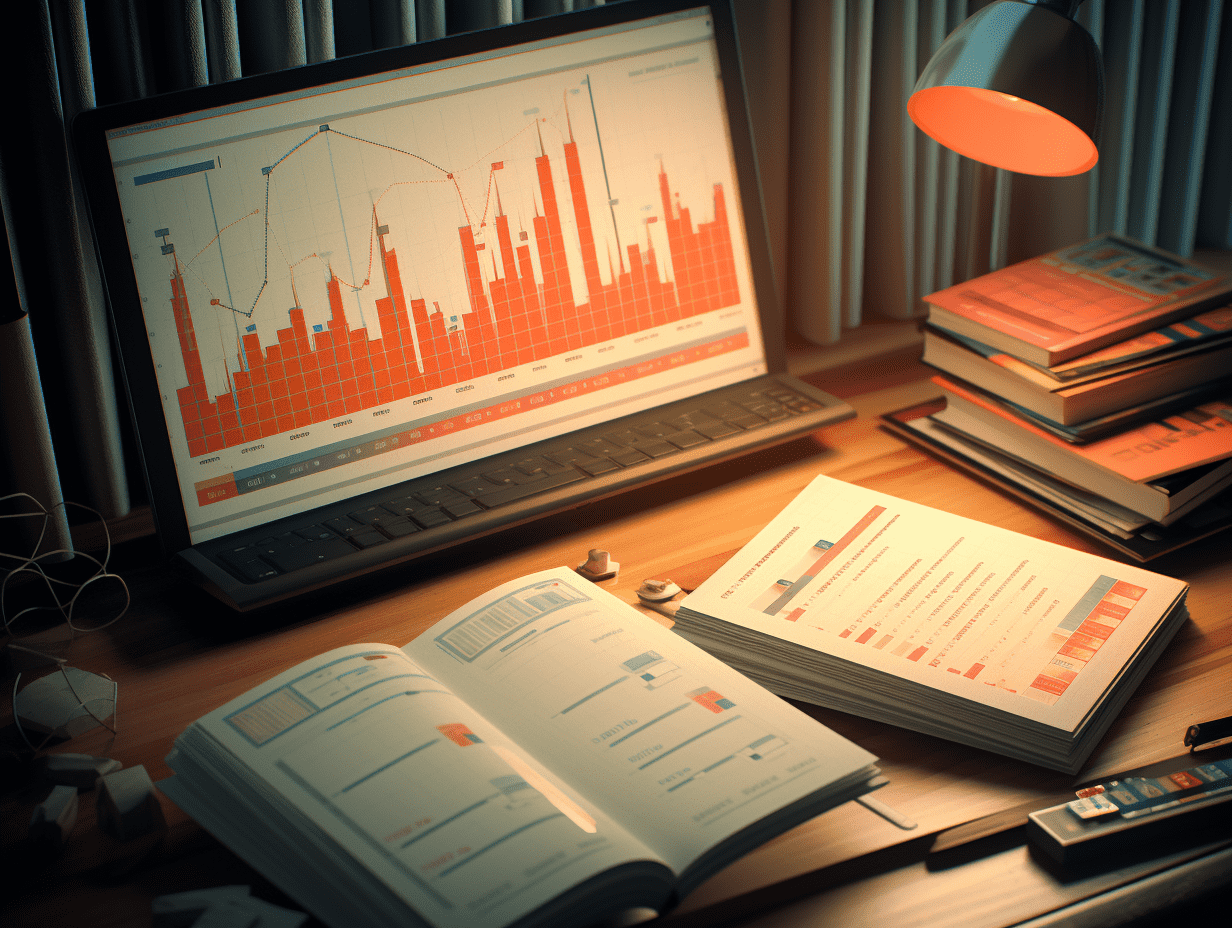Zhongjin: Where does the recent resilience of A-shares come from?
Zhongjin releases research report, stating that the mid-term impact of fund availability should not be ignored.
, CICC released a research report stating that the influence of the capital market cannot be ignored in the medium term. Looking ahead, the A-share market is currently in a historically active state, with new investors and financing plates being the main incremental funds in the near term. From the data, it can be inferred that existing institutional investors have generally not significantly increased their positions in the previous uptrend. The market may have a strong absorption capacity from the perspective of funds, which may support the market to oscillate higher. However, considering the large accumulated gains in the previous period, the main indices are approaching previous highs and trading concentration zones. Small and medium-cap indices have mostly set new highs in this round of market rally. Additionally, external pressures exist, and if there is a short-term concentration of profits leading to index fluctuations, it would be a normal phenomenon during a period of oscillation and consolidation in history. The bank believes that the medium-term trend remains unchanged.
CICC points out that in the future, after the policy expectations are reversed, it is necessary to focus on the transmission of policy implementation to the improvement of the fundamentals. In its latest outlook for 2025, the bank believes that the driving force of the market in 2024 mainly lies in valuation repair. Whether the market can successfully switch from valuation-driven to fundamentally driven in 2025 is crucial. It is also important not to overlook the potential for more active changes in domestic residents' asset allocation and global fund demand after a long period of correction in A-shares.
Since late September, the stock market has risen, and A-shares have shown resilience in the face of recent external shocks, performing significantly better than other domestic assets.
Since late September, with the release of positive signals in macroeconomic policies, investor expectations and sentiment have improved, and the main A-share indices have experienced the fastest rise since 2000 before entering a period of consolidation and waiting. Since October, overseas investors have been paying attention to trades affected by President Trump, causing impacts on global and domestic assets. Particularly since the results of the November 6th election, where Trump was re-elected president and the Republican Party had a high probability of winning both houses of Congress, there have been varying levels of fluctuations in the Hang Seng Index, offshore RMB exchange rates, domestic commodities, and bond yields. The Hang Seng Index broke through the 20,000 point level, the USD against offshore RMB exchange rate exceeded 7.25, the 10-year bond yield fell below 2.1%, and domestic commodity prices in the black sector have fluctuated downwards. In comparison, the A-share market's main broad-based indices have experienced oscillations and rises and are approaching previous highs. As of November 12th, the Shanghai and Shenzhen 300 Index rose by 5% in November, while growth-oriented indices like the ChiNext Index and the Sci-Tech 50 Index rose by over 8%. The resilience of the current A-share market compared to other assets leads the bank to believe that the capital market may be an important explanatory perspective.
The A-share capital market is relatively active, providing support to market performance.
Since late September, with the market warming up, the A-share capital market has become active. On October 8th, the daily turnover reached 3.48 trillion yuan, hitting a historical record with a turnover rate of 8.6%. Since then, the market has been mainly in consolidation but the turnover has remained active. From October 9th onwards, the daily turnover of A-shares has exceeded 2 trillion yuan, with a turnover rate based on free float market value of over 5%, making it the most active phase of the capital market since 2015. Additionally, there have been divergent trends among various types of investors.
Margin balance has increased significantly, and trading activity has improved.
Usually, the margin balance in the market is positively correlated with market performance. The ratio of margin balance to free float market value of A-shares has historically stabilized in the range of 4-5%. Since the market rose at the end of September, the margin balance has also increased significantly, with a single-day increase of 107.5 billion yuan on October 8th. Despite the market entering a correction phase after October 8th, the margin balance has continued to rise against the trend, accelerating since November. As of November 11th, the margin balance has recovered to 1.83 trillion yuan, surpassing the level in 2021. However, there is still a gap compared to 2015 in terms of absolute size and proportion to the free float market value of A-shares. Furthermore, since late September, the proportion of margin trading turnover to total turnover of A-shares has continued to rise, reaching as high as 12%, indicating that there is a relatively high risk preference and active trading sentiment in the market, which may be an important support for the recent active trading of small and medium-cap stocks.
Individual investors have a strong willingness to enter the market, with the monthly number of new accounts reaching the third highest in history.
Since 2023, the number of new A-share accounts has been declining, but there has been a significant improvement recently. In October, the number of new A-share accounts on the Shanghai Stock Exchange rebounded to 6.85 million (compared to 1 million in August and 1.83 million in September), reaching the third highest level in a single month in history (the first two were in April and June 2015), indicating that individual investors currently have a relatively positive willingness to enter the market. According to data disclosed by the China Securities Regulatory Commission at the end of 2022, the proportion of individual investors' transactions in the A-share market has dropped to around 60%, making them the largest investor category in the A-share market. The bank also expects that the proportion of recent transactions may increase.
The stock positions of private equity funds are still at low levels.
According to the statistics of private equity fund products on the Huaren Trust platform, historically, the stock positions of some private equity funds have been synchronized with market performance. At the end of August, the stock position was at a historically low level of around 48%, but in September, the stock position rose by 7.1 percentage points to 55.6%. However, the stock position is still significantly lower than at the same points in history (compared to 65.3% for some private equity funds in July 2023) and lower than the historical average (compared to a historical average of 67%). Private equity fund positions are relatively flexible, and low positions imply potential upside for being potential longs if market performance continues to improve.
Public funds and northbound funds are not the main drivers of the rise, and ETF inflows have seen a significant decrease from the earlier large inflows.
In terms of public funds, the equity positions of actively managed equity funds in the third quarter increased slightly from 86.3% in the second quarter to 86.8%. However, after excluding the price factor, the equity positions have slightly decreased. In addition, the average equity positions of some outstanding public funds have been declining since 2023.
Regarding northbound funds, based on the disclosure of the number of northbound fund holdings and average prices by the exchanges as of September 30th, from August 16th to the end of September, the net inflow of northbound funds was 81.6 billion yuan, which was less than historical equivalent increases. Furthermore, based on the ratio of northbound funds' total transactions to A-share turnover, this indicator has been continuously decreasing since mid-June to around 11% currently, significantly lower than the levels of the past two years. In addition, during the big rise from September 24th to October 9th, stock ETF purchases became an important source of net inflow, totaling about 287.2 billion yuan.Since then, ETFs have turned into a net outflow, with almost half of the net inflows from earlier periods flowing out."Je suis dsol, je ne parle pas franais."
"I'm sorry, I do not speak French."
Related Articles

US Stock Market Move | Copper mining sector collectively declines, Southern Copper Corporation (SCCO.US) drops more than 3%

Jiangsu Lopal Tech. Group's holding subsidiary, Changzhou Lithium Source, has partially reduced production lines for maintenance.

Semiconductor Manufacturing International Corporation plans to acquire a 49% equity stake in SMIC North for approximately 40.601 billion yuan.
US Stock Market Move | Copper mining sector collectively declines, Southern Copper Corporation (SCCO.US) drops more than 3%

Jiangsu Lopal Tech. Group's holding subsidiary, Changzhou Lithium Source, has partially reduced production lines for maintenance.

Semiconductor Manufacturing International Corporation plans to acquire a 49% equity stake in SMIC North for approximately 40.601 billion yuan.






